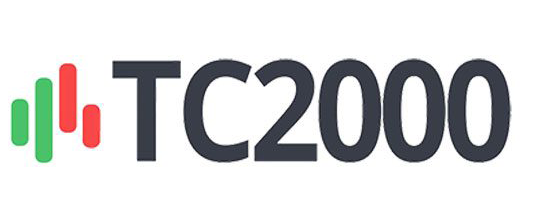In this guide, we will delve into the intricacies of scanning with TC2000, providing you with a step-by-step walkthrough to maximize your efficiency and effectiveness in utilizing this powerful tool for stock analysis. TC2000 is renowned for its robust scanning capabilities, enabling traders and investors to filter through thousands of stocks to identify potential trading opportunities. Whether you’re a seasoned trader or just starting out, mastering the art of scanning with TC2000 can significantly enhance your trading strategy.

Understanding TC2000 Scanning
Before we dive into the specifics of how to scan with TC2000, it’s essential to understand the fundamentals of scanning. At its core, scanning involves applying predefined criteria to filter stocks based on certain parameters, such as price, volume, volatility, and technical indicators. TC2000 offers a plethora of built-in scans and customizable filters, allowing users to tailor their scans to suit their unique trading preferences and strategies.
Getting Started with TC2000 Scans
To begin scanning with TC2000, you’ll first need to open the Scan Interface. This can typically be accessed from the main toolbar or through a designated menu option, depending on your version of TC2000. Once you’ve accessed the Scan Interface, you’ll be presented with a blank canvas to build your scan criteria.
Creating Custom Scans
One of the key advantages of TC2000 is its ability to create custom scans tailored to your specific requirements. To create a custom scan, click on the “New Condition” button within the Scan Interface, which will open a dialog box where you can define your scan criteria. You can choose from a wide range of parameters, including price, volume, moving averages, relative strength, and more.
Optimizing Scan Performance
Efficient scanning is essential for quickly identifying potential trading opportunities. To optimize scan performance, consider the following tips:
- Limit the Number of Criteria: Avoid overloading your scans with too many criteria, as this can slow down the scanning process. Focus on the most relevant parameters for your trading strategy.
- Utilize Predefined Scans: TC2000 offers a variety of predefined scans designed by industry experts. These scans can serve as a valuable starting point for your analysis and can help streamline the scanning process.
- Refine Your Criteria: Continuously refine and fine-tune your scan criteria based on your trading experience and market conditions. Experiment with different combinations of parameters to identify what works best for you.
- Use Real-Time Data: Ensure that your TC2000 platform is connected to real-time data to receive up-to-date information during scanning. Real-time data is crucial for making informed trading decisions and staying ahead of the market.
Executing Scans and Reviewing Results
Once you’ve defined your scan criteria, it’s time to execute the scan and review the results. Click on the “Run Scan” button within the Scan Interface to initiate the scanning process. TC2000 will then analyze the entire market based on your specified criteria and generate a list of stocks that meet your requirements.
Analyzing Scan Results
After running the scan, you’ll be presented with a list of stocks that meet your criteria. Take the time to review each stock individually, paying attention to key metrics such as price action, volume, technical indicators, and recent news catalysts. Look for patterns and trends that align with your trading strategy and risk tolerance.
Conclusion
Scanning with TC2000 is a powerful tool for identifying potential trading opportunities in the stock market. By mastering the art of scanning and leveraging TC2000’s robust features, you can gain a competitive edge in your trading endeavors. Remember to continuously refine your scan criteria, stay informed with real-time data, and adapt to evolving market conditions to maximize your success.


